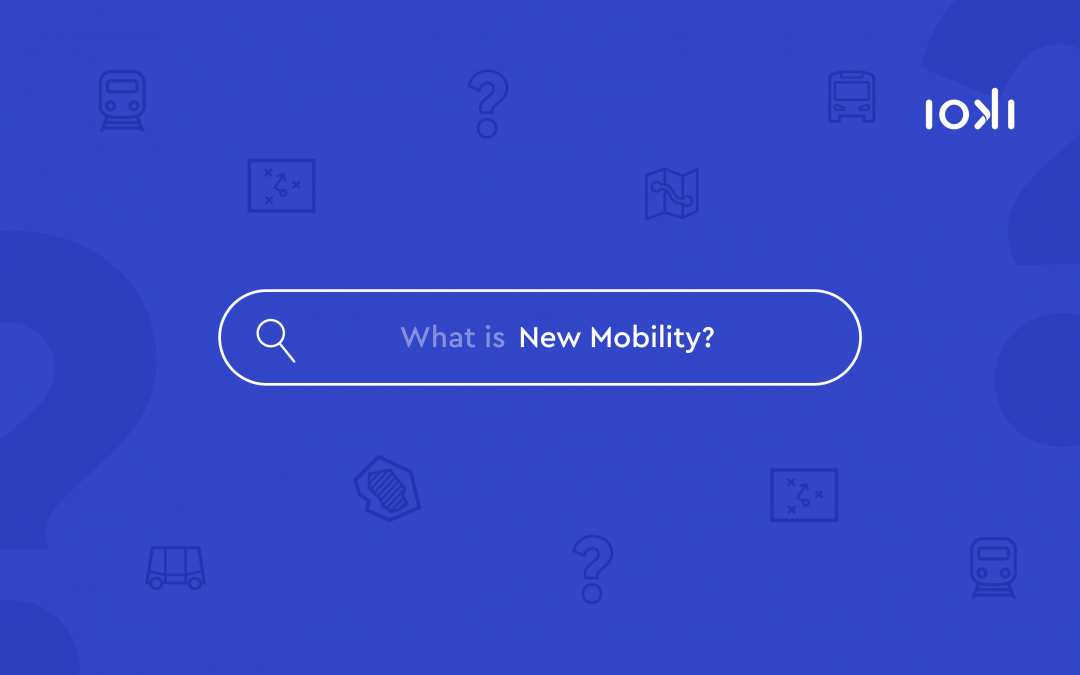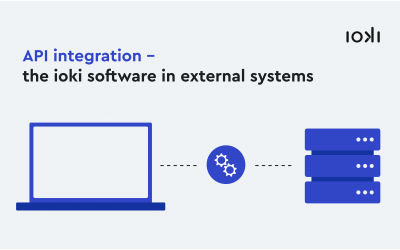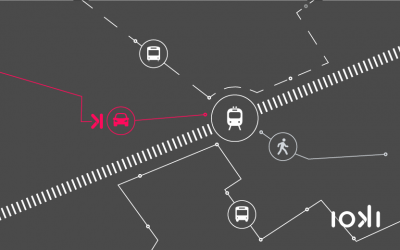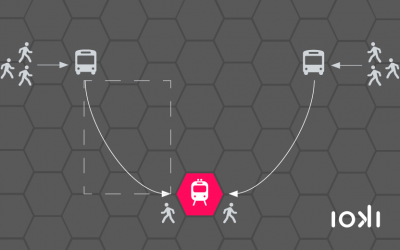The focus of mobility analyses by ioki is the development of individual and customised recommendations. The result: integrated transport planning, a forward-looking mobility mix and optimised public transport services. What previously focussed mainly on everyday mobility has now been extended to include tourist mobility.
Ridepooling in Transport Planning
Demand-responsive transport based on the ridepooling concept is on everyone’s lips and has long been an important pillar of individual, public transport. Data-based transport planning is needed to realise the full potential of on-demand mobility. When transport companies want to start a new on-demand operation, they inevitably face the question of the right ridepooling design and the best balance between the costs and benefits of the flexible offer.
API integration – the ioki software in external systems
What is behind the ioki API? “We are continuously working on our data storage and also on the connection and integration of our system into external systems,” says Andreas Schwarzkopf, Head of Backend Engineering at ioki. The Application Programming Interface, or API, can be used to integrate software into external systems. In the ioki case, this means integrating our operating system for digital mobility primarily into external Mobility as a Service (MaaS) platforms.
Mobility Analytics: Planning urban and regional infrastructure
Beyond the horizon: mobility is more than just moving from A to B. It is the product of the infrastructure surrounding it, which limits or enables it.
Mobility Analytics: Planning new mobility offers
Time for New Mobility: What would the best measures be worth without concrete implementation? Not much, exactly! And that’s why a mobility analysis is not only about evaluating the current situation and developing a catalogue of measures, but also and above all, in a very practical way, about planning the new mobility offers in line with the existing system.
Mobility Analytics: developing intelligent solutions for public transport systems
From theory to practice: Last week we already looked at the added value that a first stocktaking of the current offer can provide in the form of an analysis of the public transport system. In the following, we combine these findings with concrete solutions.
Mobility Analytics: Analysing public transport systems
Preparation is half the battle: This also applies when planning new mobility offers. To ensure that they build optimally on existing solutions, it is advisable before any system changeover to first take an initial stock in the form of an analysis of the public transport system.
Newest article

What is… New Mobility?
« New Mobility » is often referred to as « smart mobility » and is a collective term for many innovations relating to technology and mobility. These new mobility services combine digitalisation with traditional mobility and use the advantages of the internet. New mobility services include bike sharing, demand-responsive transport, ride hailing and smart parking.







